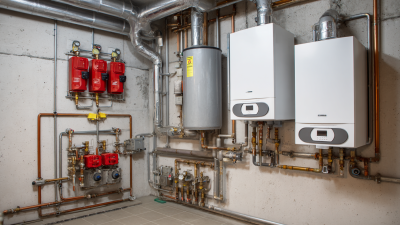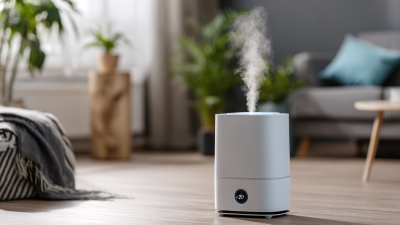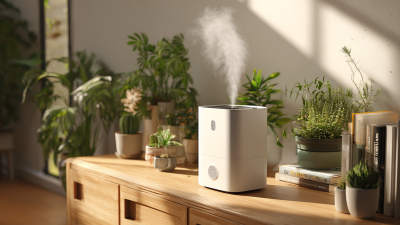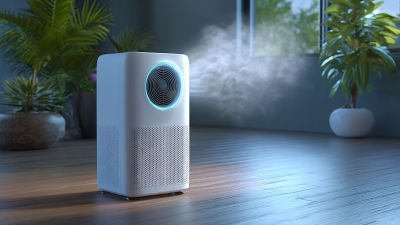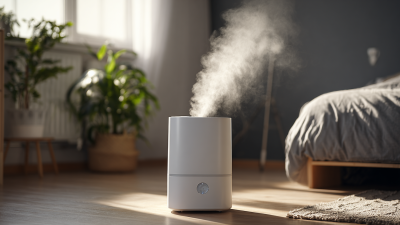In the quest for optimal home comfort, maintaining the right humidity levels is crucial, and a central humidifier is an effective solution to achieve just that. However, achieving the best results requires more than just purchasing a unit; it demands a precise approach to central humidifier installation. Proper installation ensures that the system operates efficiently, providing consistent moisture throughout your home while avoiding common pitfalls such as improper sizing or inadequate placement. This guide will walk you through the essential steps and considerations for perfecting your central humidifier installation, enabling you to enhance your indoor air quality and create a more comfortable living environment. Whether you're a DIY enthusiast or seeking professional assistance, understanding the installation process is key to reaping the benefits of a well-maintained humidification system.
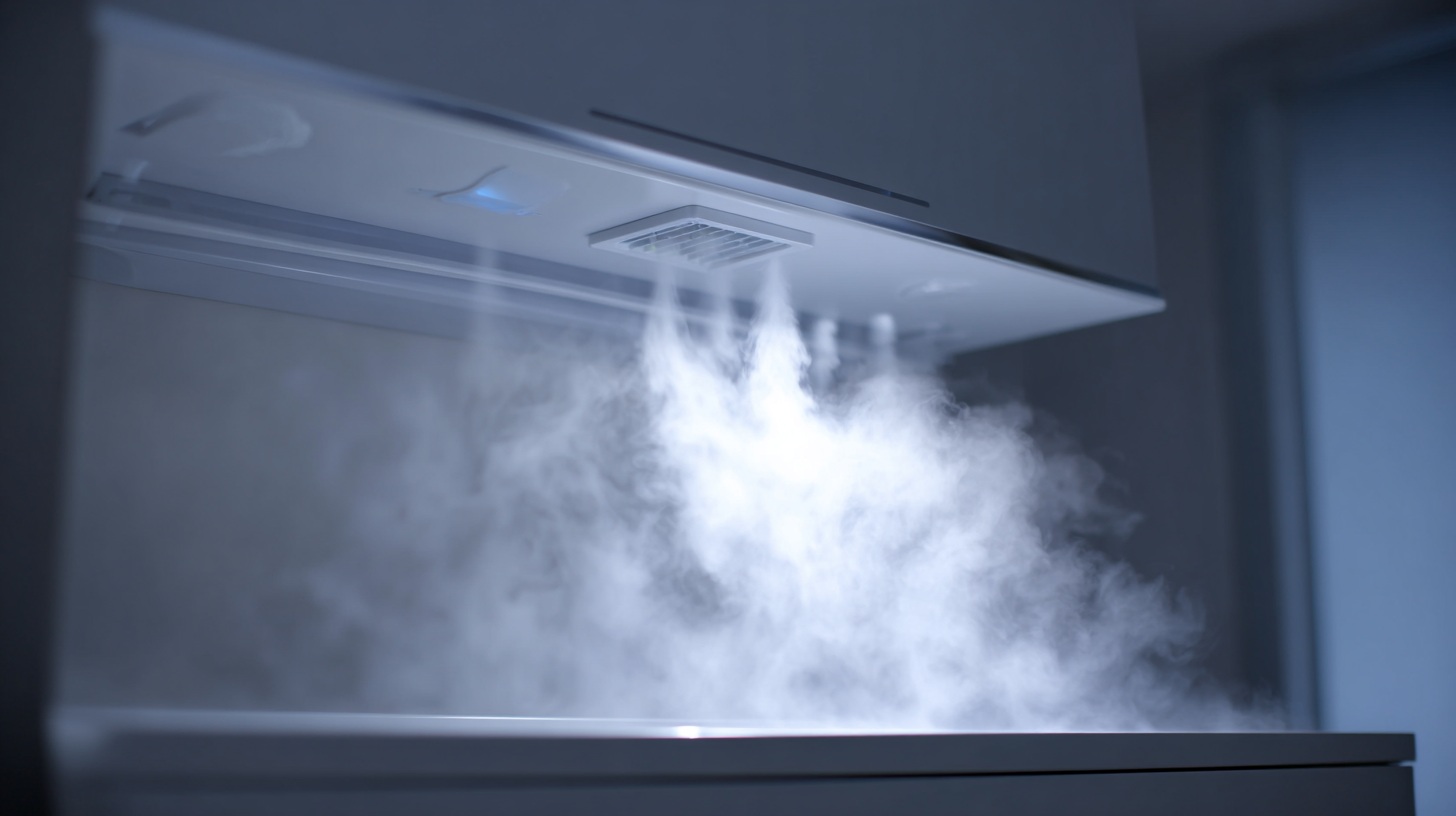
Choosing the right location for your central humidifier installation is crucial to ensure optimal performance and efficiency. The ideal spot should be near your home's heating system since this allows the humidifier to work in tandem with the existing HVAC setup. This close proximity enables the even distribution of moisture throughout your space, preventing fluctuations in humidity levels that can lead to discomfort or mold growth. Additionally, considering the placement of ductwork will further enhance the humidifier's effectiveness, as it can utilize the existing channels to disseminate humidity evenly.
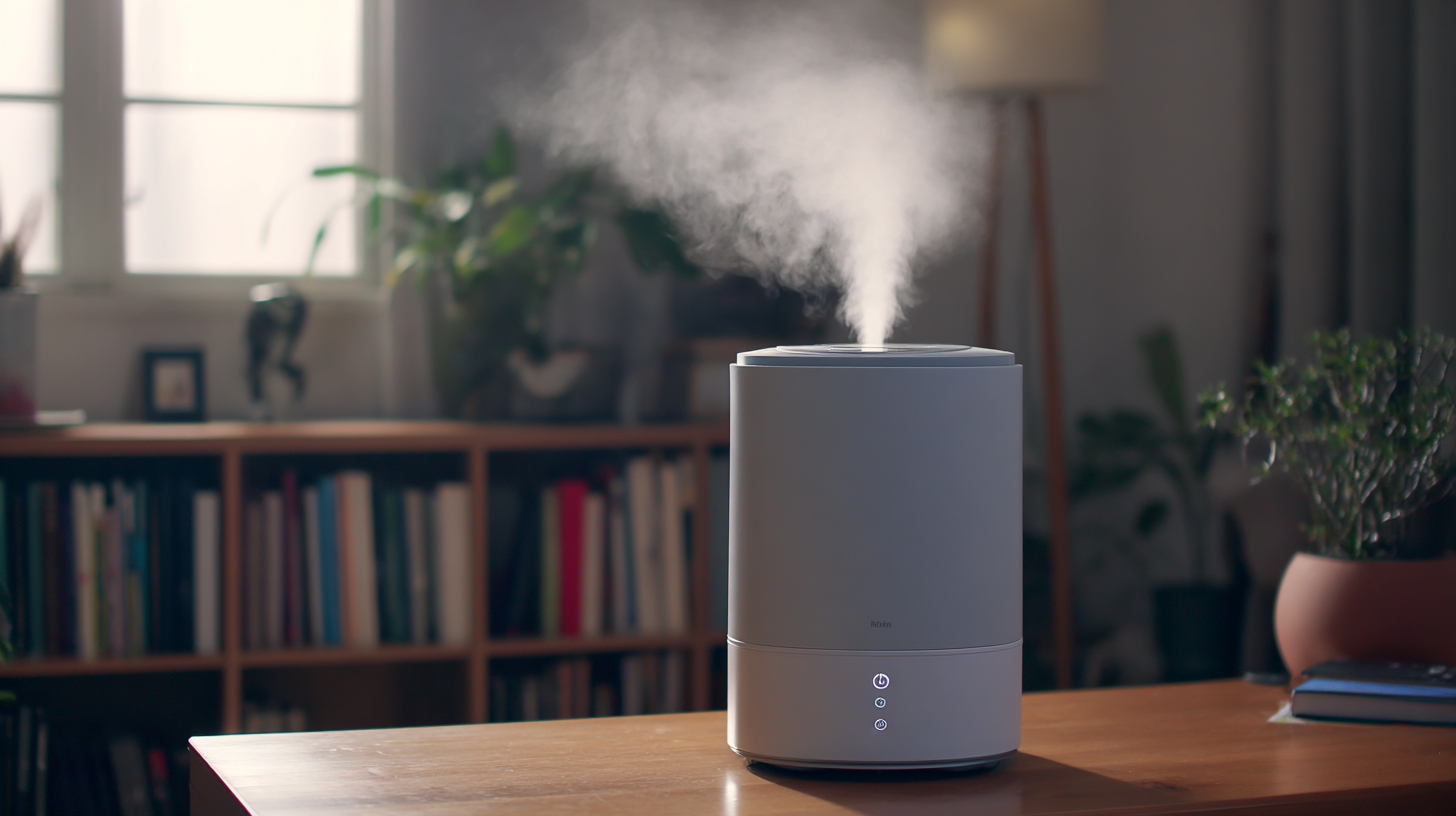
Furthermore, it is essential to avoid locations that are prone to condensation or direct exposure to water sources, such as water heaters or washing machines. These areas can lead to issues with excess moisture and potential damage to surrounding structures. Ideally, the humidifier should be situated in a central location within the home, allowing it to service as many rooms as possible. Prioritizing accessibility for maintenance and filter changes is also vital; ensuring that the humidifier is placed in a location where you can easily reach it will help maintain its performance and longevity.
Assessing your home's humidity needs before installing a central humidifier is crucial for achieving optimal indoor comfort. The ideal indoor humidity level typically ranges between 30% and 50%. A study that analyzed various HVAC systems and their impact on indoor air quality found that proper humidity levels can significantly enhance thermal comfort in residential environments. Homes with balanced humidity are not only more comfortable but also see a reduction in respiratory issues, aligning with findings from recent investigations into the efficacy of different ventilation systems.
Moreover, understanding the spatio-temporal variability of moisture in your home can guide you in selecting the right humidifier. Just as granular matrix sensors were used to assess soil moisture variability in agricultural studies, homeowners can utilize humidity sensors to monitor their indoor conditions. This data-driven approach allows for targeted adjustments that can prevent common problems associated with low humidity, such as dry skin and increased susceptibility to allergies. By conducting a thorough assessment of your humidity needs, you can ensure that your central humidifier operates efficiently, promoting a healthier living environment.
When installing a ducted central humidifier, the first step is to carefully plan the installation location. Ideally, the unit should be placed near the furnace and within the ductwork to efficiently distribute humidity throughout your home. Make sure to check the manufacturer's guidelines for specific spatial requirements and ensure you have access to water and electrical supply lines. Once you've selected the proper location, turn off your HVAC system to ensure safety during installation.
Next, you'll need to connect the humidifier to the existing duct system. Begin by cutting an opening in the main supply duct, following the dimensions provided in the installation manual. Securely mount the humidifier to the duct, ensuring a snug fit to prevent any air leaks. After that, connect the water supply line to the humidifier, making sure to use appropriate fittings to avoid leaks. Finally, reconnect your HVAC system and set the desired humidity levels on your thermostat. Regular maintenance, including cleaning the unit and checking for mineral buildup, will ensure your humidifier operates effectively for a comfortable home environment.
Integrating a central humidifier with existing HVAC systems can significantly enhance indoor air quality and comfort. According to the Environmental Protection Agency (EPA), maintaining indoor humidity levels between 30% and 50% can help reduce the transmission of viral infections, alleviate respiratory issues, and minimize the risk of mold growth. By connecting your humidifier to your HVAC system, you ensure that humidity is consistently distributed throughout your home, preventing damp spots or overly dry areas.
When considering installation, it's vital to select a humidifier that is compatible with your HVAC system. A study by the American Society of Heating, Refrigerating and Air-Conditioning Engineers (ASHRAE) suggests that humidifiers capable of automatic adjustment based on humidity sensors are the most effective. This integration not only automates the process but also optimizes energy consumption, as modern systems can adjust both humidity and temperature based on real-time data. Proper installation involves strategic placement of the humidifier, ideally near the furnace's air intake, to ensure effective moisture dispersal throughout the living spaces.
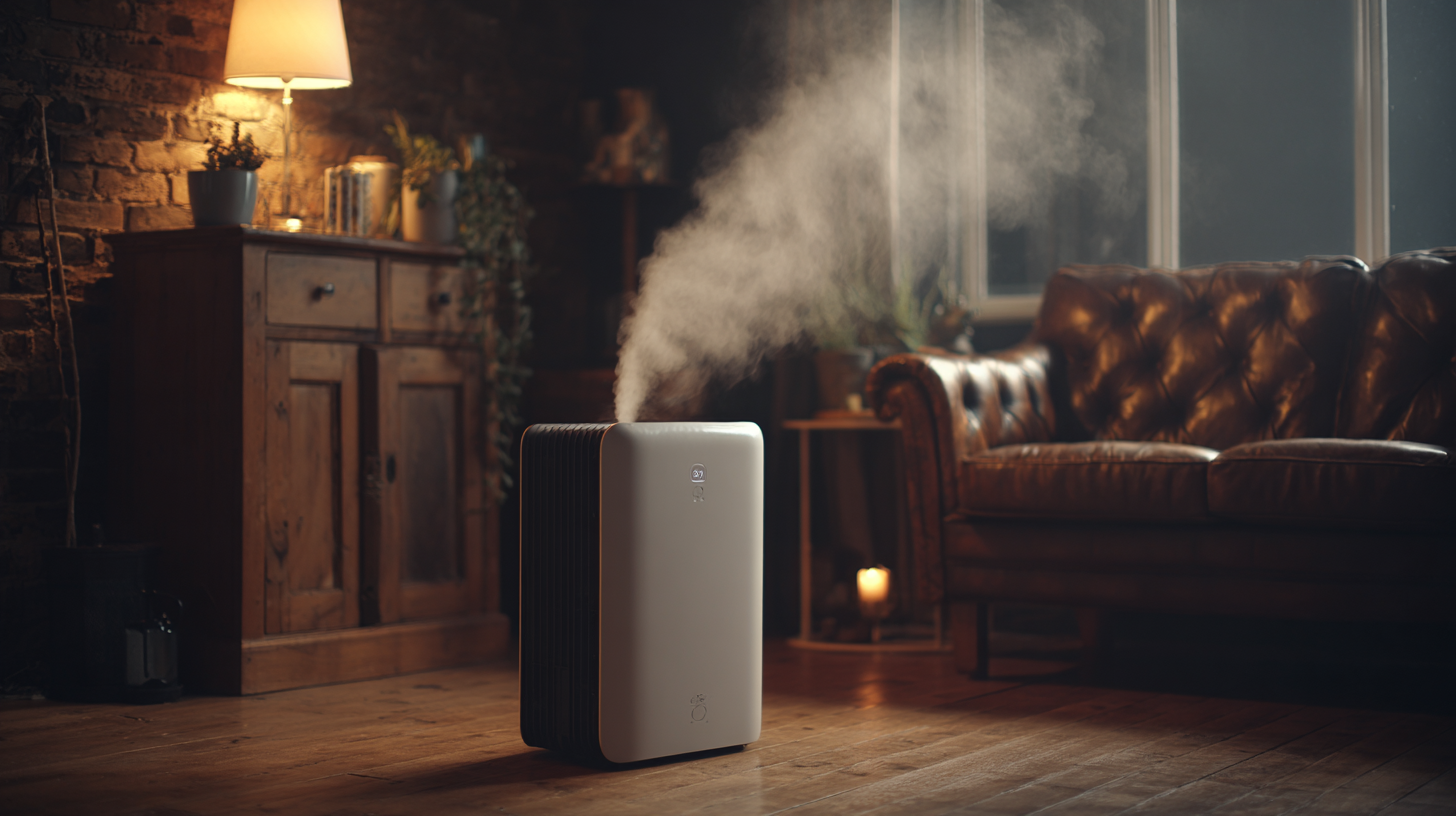
Maintaining your central humidifier is essential for ensuring its long-term efficiency and optimal performance. Regular maintenance tasks include changing the water panel or filter as specified by the manufacturer, typically every 6 to 12 months. This not only helps in preventing the growth of mold and bacteria but also ensures that your humidifier can effectively distribute moisture throughout your home. Additionally, checking and cleaning the tank regularly will prevent sediment buildup and maintain the quality of the water being dispersed.
In addition to components maintenance, it's crucial to monitor humidity levels in your home. Aim for a relative humidity level between 30% and 50%, as excessively high moisture can lead to other issues such as mold growth and damage to walls and furnishings. Using a hygrometer can help you keep track of these levels.
Lastly, schedule professional inspections annually to catch any potential issues early and ensure that your humidifier operates efficiently for years to come, providing you with a comfortable living environment.
